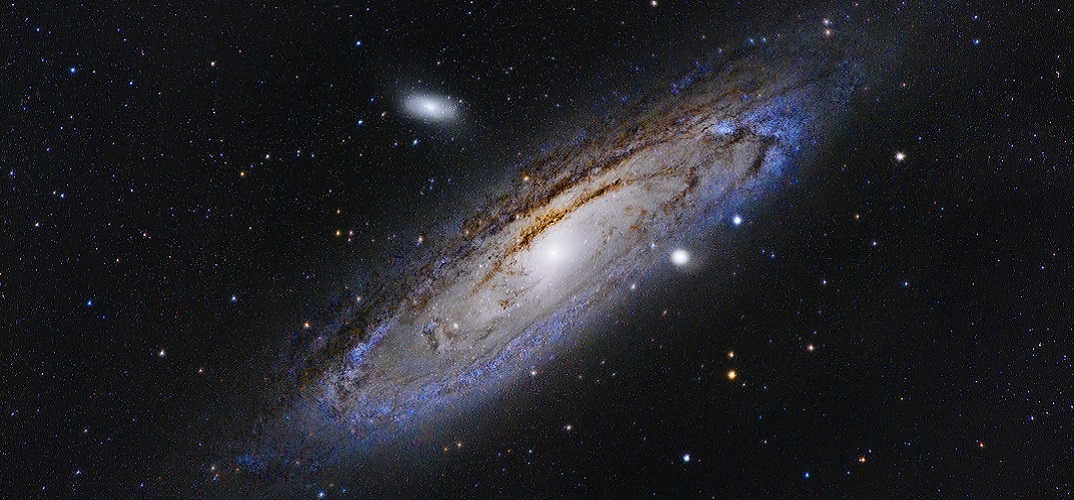ACADEMIA
Our closest neighbor, the Andromeda galaxy, has a fascinating history that can be uncovered through galactic archaeology

Researchers from the University of Hertfordshire in the UK have uncovered fascinating information about the Andromeda galaxy, which is our closest neighbor in the universe. After analyzing the elemental abundances in Andromeda, they concluded that the galaxy's formation was more intense and powerful than that of our own Milky Way. The research conducted by Professor Kobayashi throws new light on the impact and nature of the merging of two gas-rich galaxies, which most likely triggered a significant amount of star formation in Andromeda between 2 and 4.5 billion years ago.
A team of international astrophysicists, led by Professor Chiaki Kobayashi, has used state-of-the-art supercomputer modeling to study the history of the galaxy through galactic archaeology. This approach involves examining the chemical composition of stars and the development of their host galaxy to reconstruct its past. The study focuses on the elemental abundances in Andromeda, particularly the presence of both planetary nebulae and red-giant branch stars.
The analysis reveals that Andromeda's formation was more dramatic and forceful than that of our own Milky Way. After an intense initial burst of star formation that created the galaxy, a secondary layer of stars was produced between 2 billion and 4.5 billion years ago, most likely caused by what scientists call a "wet merger" - a merging of two gas-rich galaxies that instigates a large amount of star formation.
Scientists have long believed that Andromeda experienced a merger of two galaxies, based on the position and motion of individual stars in the galaxy. Professor Kobayashi's research sheds new light on the nature and impact of such a merger using the chemical composition of stars. It explains how stars and elements were formed throughout the history of Andromeda.
Professor Kobayashi, who is an astrophysics professor at the University of Hertfordshire’s Centre for Astrophysics Research, has explained that by analyzing the chemical abundance of different ages of stars in Andromeda, we can better understand the origins and history of this galaxy. According to her, Andromeda is a spiral disc galaxy similar in many ways to our own Milky Way. However, her new research confirms that Andromeda's history is significantly more intense and dramatic, with bursts of activity forming stars in abundance and two distinct eras of star formation.
Professor Kobayashi’s theoretical model predicts that there are two distinct chemical compositions of stars in the two-disc components of Andromeda. One composition has ten times more oxygen than iron, while the other has a similar amount of oxygen and iron. This modeling has been confirmed by the spectroscopic observations of planetary nebulae and also by those of red-giant stars with the James Webb Space Telescope (JWST).
The new study is an extension of Professor Kobayashi’s ongoing, ground-breaking research into the origin of elements in the Universe. According to her, oxygen is one of the alpha elements produced by massive stars along with neon, magnesium, silicon, sulfur, argon, and calcium. While oxygen and argon have been measured with planetary nebulae, JWST is required to measure other elements, including iron, as Andromeda is so far away. She believes that in the coming years, JWST and ground-based large telescopes will keep looking at Andromeda, which will give further weight to the new findings.

